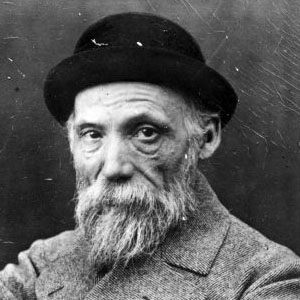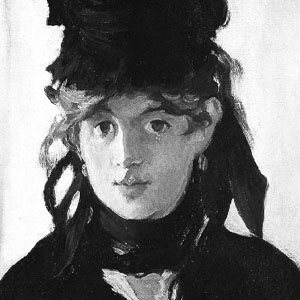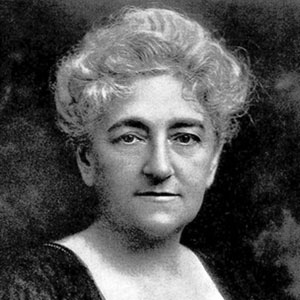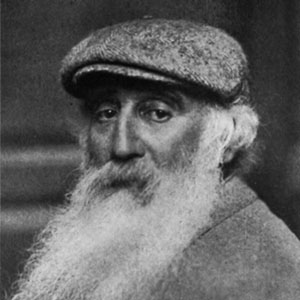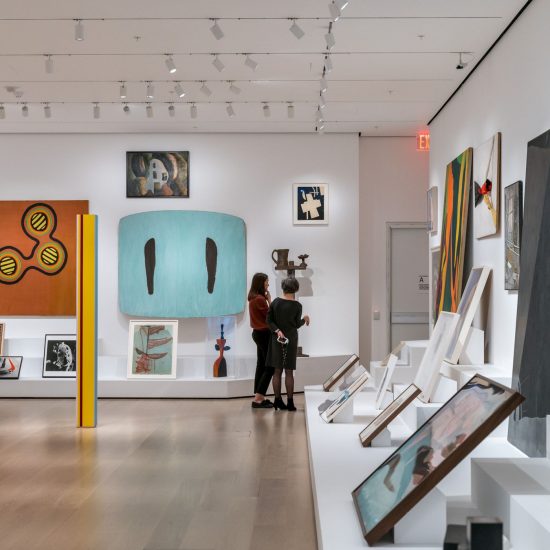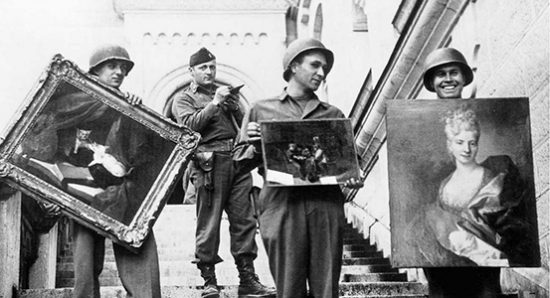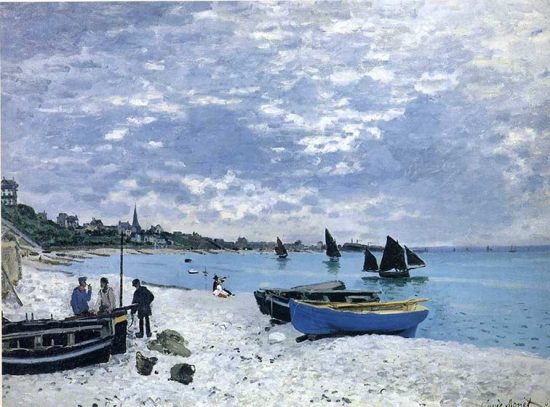
French Impressionist painter Claude Monet is regarded as the archetypal Impressionist in that his devotion to the ideals of the movement was unwavering throughout his long career, and it is fitting that one of his pictures-Impression: Sunrise (Musee Marmottan, Paris, 1872) gave the group its name. His youth was spent in Le Havre, where he first excelled as a caricaturist but was then converted to landscape painting by his early mentor Boudin, from whom he derived his firm predilection for painting out of doors: ‘By the single example of this painter devoted to his art with such independence, my destiny as a painter opened out to me.’
In 1859 he studied in Paris at the Atelier Suisse and formed a friendship with Pissarro. After two years’ military service in Algiers, he returned to Le Havre and met Jongkind, to whom he said he owed ‘the definitive education of my eye’. He then, in 1862, entered the studio of Gleyre in Paris and there met Renoir, Sisley, and Bazille, with whom he was to form the nucleus of the Impressionist group. Monet’s devotion to painting out of doors is illustrated by the famous story concerning one of his most ambitious early works, Women in the Garden (Musee d’ Orsay, Paris, 1866-7). The picture is about 2.5 in. high and to enable him to paint all of it outside he had a trench dug in the garden so the canvas could be raised or lowered by pulleys to the height he required. Courbet visited him when he was working on it and said Monet would not paint even the leaves in the background unless the lighting conditions were exactly right.
During the Franco-Prussian War (1870-1) Claude Monet took refuge in England with Pissarro: he studied the work of Constable and Turner, painted the Thames and London parks, and met the dealer Durand-Ruel, who was to become one of the great champions of the Impressionists. From 1871 to 1878 he lived at Argenteuil, a village on the Seine near Paris, and here were painted some of the most joyous and famous works of the Impressionist movement, not only by Monet, but by his visitors Edouard Manet, Pierre-Auguste Renoir, and Sisley. In 1878 he moved to Vetheuil and in 1883 he settled at Giverny, also on the Seine, but about 40 miles from Paris.
After having experienced extreme poverty, Monet began to prosper. By 1890 he was successful enough to buy the house at Giverny he had previously rented and in 1892 he married his mistress, with whom he had begun an affair in 1876, three Years before the death of his first wife. From 1890 he concentrated on a series of pictures in which he painted the same subject at different times of the day in different lights – Haystacks or Grainstacks (1890-1) and Rouen Cathedral (1891-5) are the best known. He continued to travel widely, visiting London and Venice several times (and also Norway as a guest of Queen Christiana), but increasingly his attention was focused on the celebrated water-garden he created at Giverny, which served as the theme for the series of paintings on Waterlilies that began in 1899 and grew to dominate his work completely (in 1914 he had a special studio built in the grounds of his house so he could work on the huge canvases). In his final years he was troubled by failing eyesight, but he painted until the end, completing a great decorative scheme of water-lily paintings that he donated to the nation in the year of his death. They were installed in the Orangerie, Paris, in 1927. Monet was enormously prolific. Claude Monet prints and paintings and drawings are in many major galleries around the world.
MONET LITHOGRAPHS
Claude Monet prints and paintings are very intertwined. Almost all of Monet’s lithographic works mirror the imagery in his paintings. His interest in the medium is not surprising given that Monet was an avid collector of Japanese prints. The majority of the lithographs were created with the collaboration of William Thornley, a well-known printmaker. Thornley was introduced to Monet by Degas, another artist he collaborated with in a similar manner. Monet created rather limited editions of his lithographs and only a few printed works are actually hand-signed by him and Thornley.
MONET PAINTINGS
When Monet visited the Louvre, he would often paint the outdoor scene rather than copy the old masters as everyone else did. Starting in the late 1860s, he began to meet regularly with other artists who had also been rejected from the traditional Academie des Beaux-Arts. Together, they formed the independent group Société anonyme des artistes peintres, sculpteurs et graveurs (Anonymous Society of Painters, Sculptors, and Engravers). Their first exhibition together in 1874 is credited with giving rise to the term “Impressionism”. Together, they championed “plein air” painting, which meant that they painted the effects of light with rapid brush strokes whilst outdoors. Monet’s paintings are visually distinct for their liberal use of color and dissolution of form. Monet was interested in a wide array of subject matters. He is as likely to paint his wife Camille as he is to paint haystacks, boats and water lilies. In 1883 he moved to Giverny and began his famous water-lily paintings. He created a total of 250 paintings of water lilies in his garden. Eight of these paintings known as the Nympheas are permanently displayed at the Musée de l’Orangerie. The museum specifically built a gallery to fit all eight paintings, placing them in direct light as originally intended by Monet. Other well recognized paintings include Monet’s Haystacks Series, 1890-91 and his Rouen Cathedral Series, 1894. In both instances, the artist repeatedly painted the same image diffused in different levels of light. In 2008, Monet’s painting Le Bassin aux Nymphéas sold for a record $88.6 million at auction.

